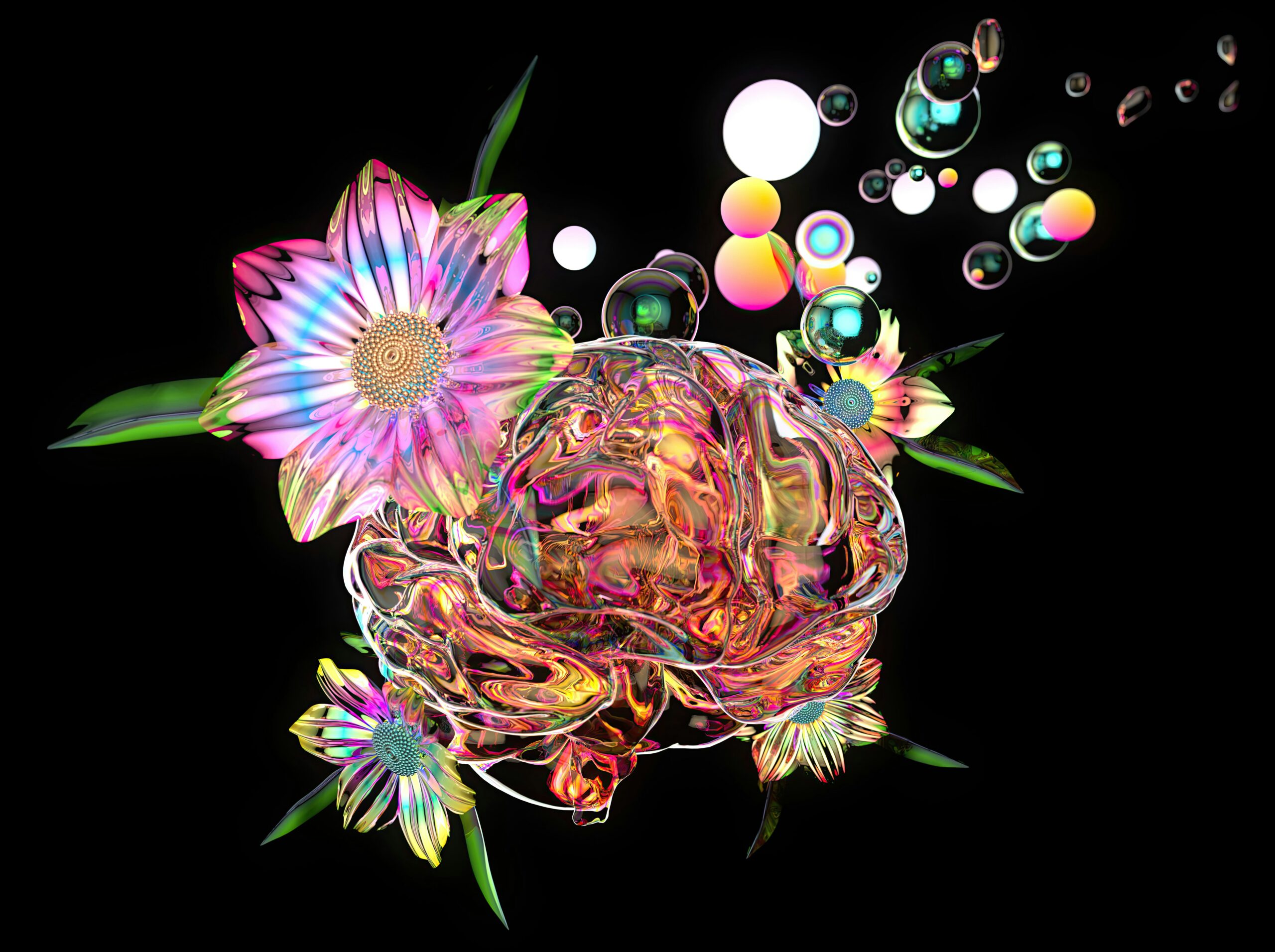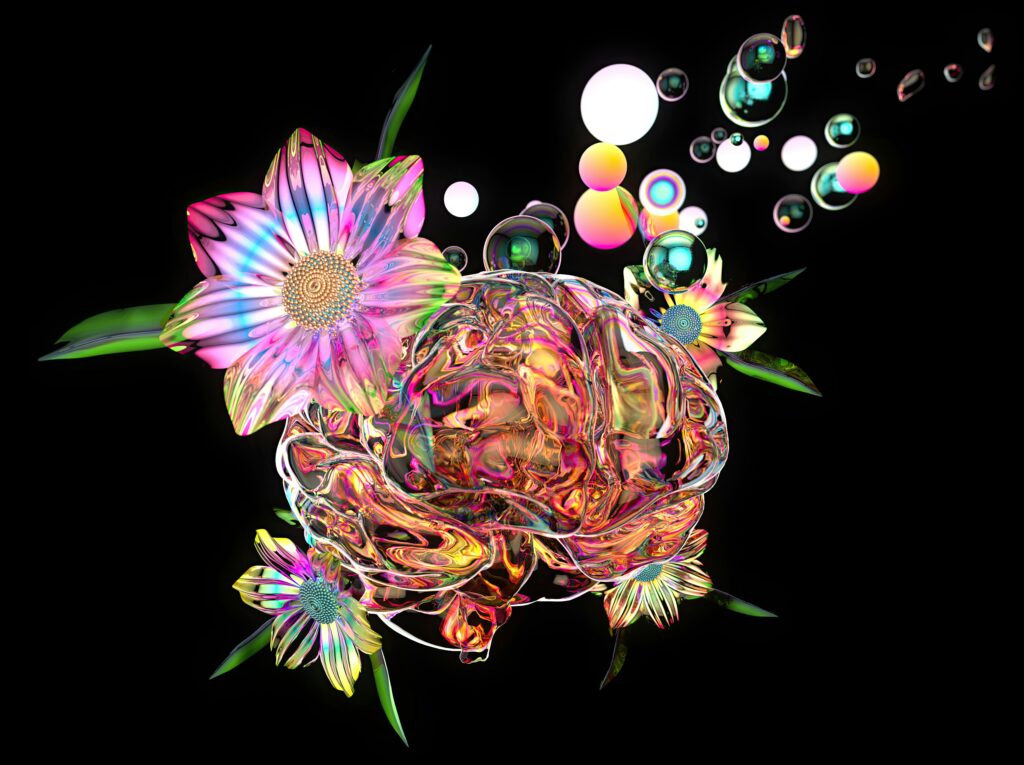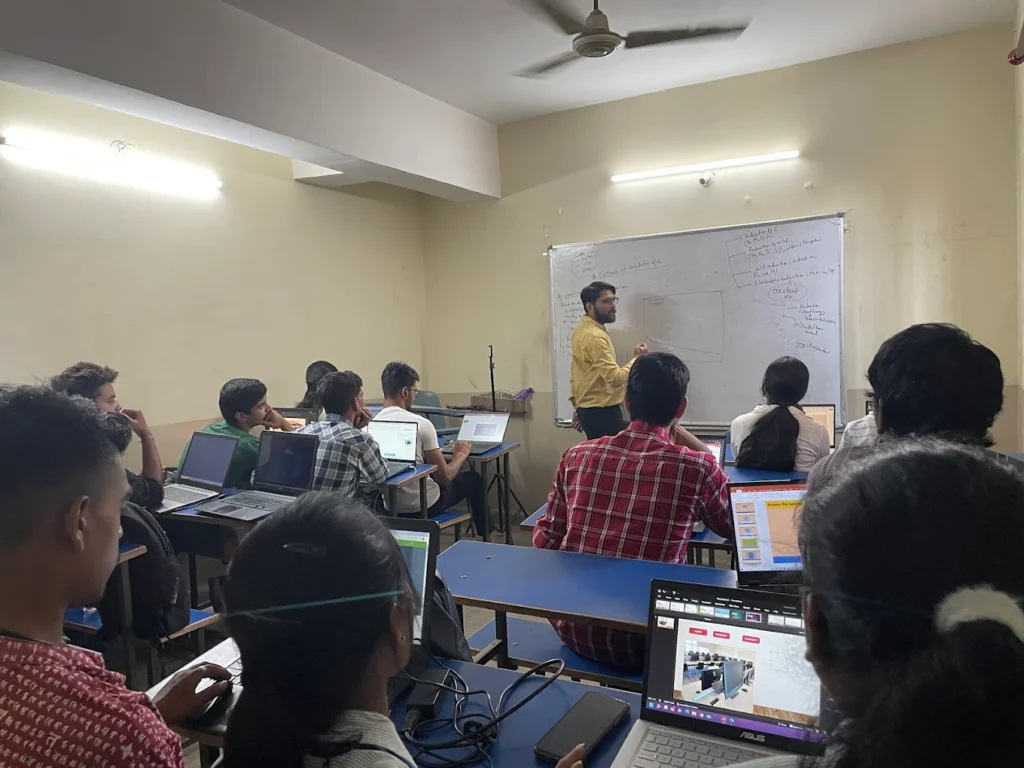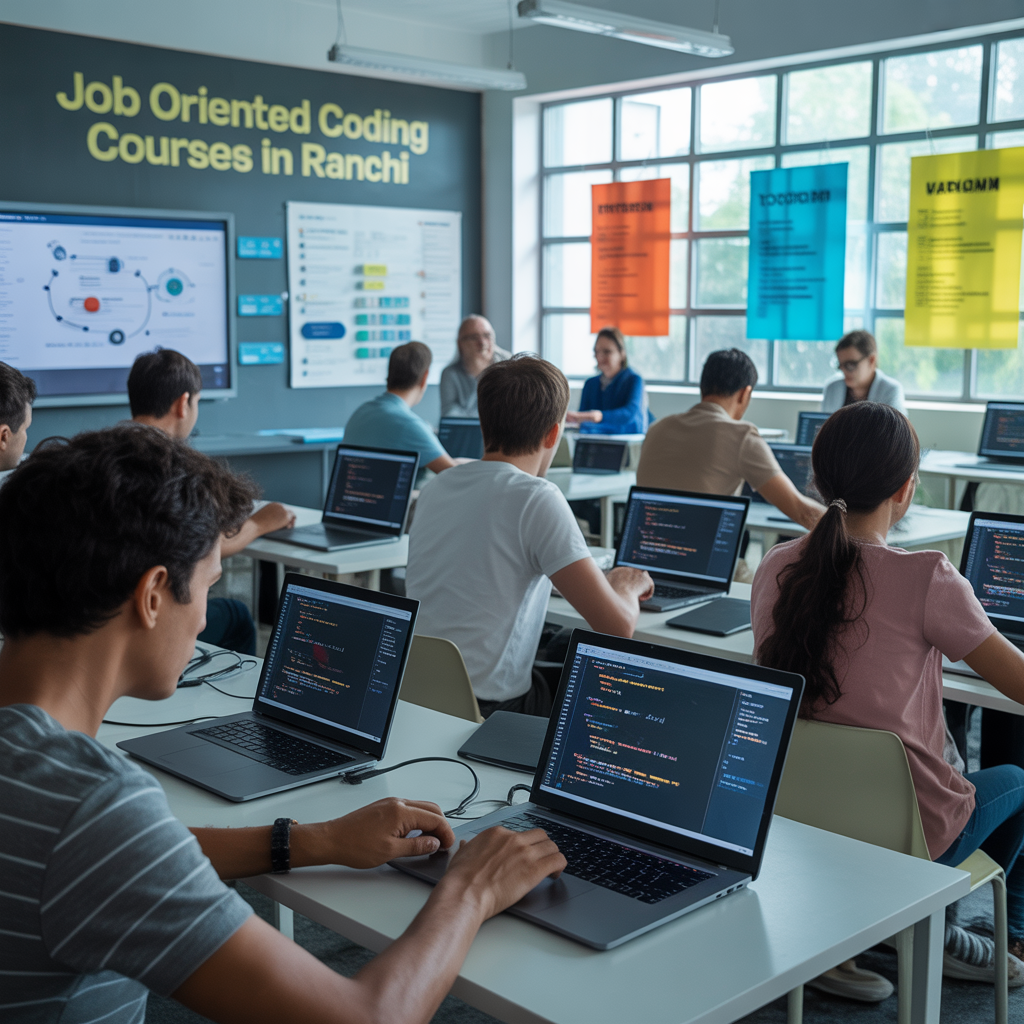
Understanding AI-Augmented Creativity
AI-augmented creativity refers to the integration of artificial intelligence (AI) tools and technologies into the creative process, enhancing and transforming how individuals express and explore their artistic visions. This innovative approach does not aim to replace human creativity; instead, it complements and amplifies it by providing support and resources that allow creators to push the boundaries of their craft. Across various fields, including art, music, writing, and design, AI technologies serve both as co-creators and facilitators, ultimately reshaping the creative landscape.
At its core, AI-augmented creativity embodies a collaborative relationship between human artists and digitally powered systems. This partnership utilizes advanced algorithms and machine learning techniques to generate new ideas or suggest alternative perspectives that might not have been considered by a human creator alone. For example, in visual arts, AI tools can analyze existing styles and generate new artwork based on different influences, providing artists with fresh inspiration or potential variations to explore.
In music composition, AI can analyze vast libraries of sound and genre-specific trends to assist composers in creating original pieces that maintain coherence with established musical norms, while still introducing innovative elements. Similarly, in writing, AI-driven software can assist authors in brainstorming ideas, refining narratives, or even generating text, thereby streamlining the creative process and allowing writers to focus on their unique voice and storytelling techniques.
Furthermore, designer applications integrate AI systems that help streamline workflows and enhance productivity by automating repetitive tasks, allowing creatives to dedicate more time to imaginative thinking and conceptual development. Through this integration, AI serves as a valuable resource, enabling creative professionals to explore new realms of possibility, refining their ideas and ultimately producing work that resonates on deeper levels with audiences.
The Role of AI in Different Creative Disciplines
Artificial intelligence has permeated numerous creative disciplines, revolutionizing the way artists, musicians, writers, and designers conceptualize and produce their work. One significant area where AI has made an impact is in visual arts, particularly through generative art. Using algorithms and deep learning techniques, artists create pieces that evolve and adapt based on input data. For instance, tools like DeepArt transform photographs into artworks resembling famous paintings, exemplifying how digital humans can infuse traditional art forms with novel innovation.
In the realm of music, AI-generated compositions mark a transformative shift in how music is created. Platforms such as OpenAI’s MuseNet and Amper Music enable users to compose original pieces by selecting styles and instruments. These applications allow for a seamless collaboration between humans and machines, demonstrating how AI-augmented creativity can break previous boundaries in musical expression. The result is an emerging genre of music that leverages sophisticated algorithms to produce harmonious sounds that can evoke a wide range of emotions.
Creative writing has also been significantly influenced by AI technologies. Various programs utilize natural language processing to craft stories, poems, and even news articles. For example, GPT-3 can generate compelling narratives based on prompts set by users, showcasing its potential as a digital human partner in the writing process. This application allows writers to brainstorm ideas, draft outlines, and even generate complete works, redefining traditional notions of authorship and creativity.
Design, particularly product design and graphic creation, has also seen remarkable advancements due to AI. Tools powered by machine learning, such as Canva and Adobe Sensei, enable designers to create unique products by analyzing trends and consumer preferences. This approach optimizes the design process, allowing for innovative outcomes that resonate with audiences. Overall, the integration of AI in these creative disciplines underscores its versatility and the exciting possibilities it presents for the future of creativity.
The Benefits of AI-Augmented Creativity
The integration of artificial intelligence into the creative process has ushered in a new era of innovation, fostering an environment where both human and machine collaboratively enhance creative output. One of the primary benefits of AI-augmented creativity is the significant increase in efficiency it offers. By automating routine tasks, digital humans allow creators to focus on what they do best—thinking critically and producing original content. This reallocation of time and resources can lead to faster project completions without compromising quality.
Furthermore, AI-powered tools enhance brainstorming capabilities by providing a diverse array of ideas and perspectives. Digital humans can analyze vast amounts of data and generate suggestions that a single human might not consider. This function not only broadens the scope of creative possibilities but also inspires creators to explore avenues they might not have previously contemplated. The iterative feedback process between human creators and AI systems cultivates an innovative atmosphere ripe for experimentation and discovery.
Moreover, the access to new ideas and inspirations afforded by AI technologies allows creators to transcend traditional creative boundaries. Artists, writers, and designers can integrate insights drawn from various sources, some of which may be algorithmically generated. This synergy between technology and artistry encourages the blending of genres and styles, leading to groundbreaking work that challenges conventional norms. As AI-augmented creativity continues to evolve, it poses unique opportunities for collaboration between humans and intelligent systems, resulting in a richer and more dynamic creative landscape.
In conclusion, the benefits of AI in the creative process are multidimensional, providing enhanced efficiency, innovative brainstorming, and the potential to elevate creativity to previously unattainable heights. As we embrace these technologies, the partnership between humans and digital humans promises a transformative impact on the creative world.
Challenges and Limitations of AI in Creativity
Despite the remarkable advancements in AI-augmented creativity, several challenges and limitations impede its full integration into the creative process. One significant concern is the ethical implications surrounding the use of AI in creative fields. The deployment of digital humans and AI-generated content raises questions regarding authorship, cultural appropriation, and the potential perpetuation of biases. As algorithmic systems learn from existing artistic works, they may inadvertently reproduce stereotypes or fail to represent diverse perspectives adequately.
Another issue is the risk of homogenization in creative outputs. AI systems often rely on vast data sets to learn and generate content, leading to a possible narrowing of creative expression. The reliance on patterns and trends can result in similar styles and themes dominating the creative landscape, diminishing the uniqueness and individuality that art aspires to express. This uniformity can dissuade genuine human expression, creating an environment where creativity lacks diversity and spontaneity.
Furthermore, AI’s understanding of context and nuance poses a significant barrier to its effectiveness in creative endeavors. While AI can analyze and replicate artistic styles, it often struggles to grasp the deeper emotional and cultural contexts that inform human creativity. This limitation can lead to outputs that lack depth or fail to evoke profound connections with audiences. The ability to interpret and convey complex human emotions remains a distinctly human trait that AI has yet to master.
Additionally, as reliance on technology grows, the potential for dependency on AI in creative fields becomes apparent. This dependence may lead to a decline in traditional skills and methods, resulting in a workforce that is less equipped to innovate independently. Concerns about originality are paramount, as the fine line between inspiration and imitation becomes increasingly blurred in the age of AI. The future of creative jobs, therefore, remains uncertain as society navigates the implications of integrating AI into the creative process.
Case Studies of Successful AI-Aided Creative Projects
The integration of artificial intelligence into creative processes has sparked remarkable innovations across various artistic domains. One notable example can be found in the music industry with the collaboration between musician Taryn Southern and AI programs like Amper Music. In her album “I AM AI,” Southern utilized AI to compose music, blend genres, and even generate lyrical suggestions. This partnership not only expanded her creative horizons but also showcased how ai-augmented creativity can assist artists in exploring uncharted territories, ultimately resulting in a unique fusion of technology and human artistry.
In the visual arts realm, the project “Edmond de Belamy” created by the Paris-based collective Obvious stands out as a pioneering effort. Utilizing a generative adversarial network (GAN), the team trained the AI on a dataset of historical portraits, enabling it to produce a strikingly human-like portrait. The artwork was initially met with skepticism; however, it later gained recognition when it was auctioned at Christie’s for an impressive sum. This case reflects how digital humans generated by AI can redefine traditional art boundaries and stimulate discussions about authorship and creativity.
Moreover, in literature, the collaboration between authors and AI-driven platforms like OpenAI’s GPT-3 has opened new avenues for storytelling. Writers have explored various genres and styles with the assistance of AI, using it to brainstorm ideas or create plot outlines. For instance, authors such as Robin Sloan have experimented with AI to co-write sections of their novels, thereby enhancing their creative process and enabling them to innovate in narrative form. These projects illustrate the transformative potential of ai-augmented creativity, demonstrating how technology can coexist with human insights to foster unparalleled creative expressions.
Future Trends in AI-Augmented Creativity
As the creative landscape continues to evolve, AI-augmented creativity is set to play a pivotal role in shaping the future of the industry. Advancements in AI technology are expected to lead to more sophisticated tools that will assist creators in various fields, including visual arts, music, and writing. These AI tools are increasingly capable of generating complex and innovative ideas, offering artists a valuable digital collaborator that enhances rather than replaces human creativity. As a result, we can expect a significant shift in the way creative professionals approach their work.
One of the most anticipated trends is the development of AI systems that can learn from individual artists and tailor their outputs based on unique styles. This personalization will enable digital humans to provide a more nuanced level of support and engagement. For instance, AI could analyze an artist’s previous works and offer suggestions that remain true to their established style while introducing novel concepts. This collaborative dynamic ensures that creativity is not solely the domain of human effort but becomes a symbiotic relationship between human ingenuity and artificial intelligence.
Additionally, the prevalence of AI-assisted tools will likely lead to a democratization of creativity. With accessible technology, individuals who may lack traditional artistic skills can produce high-quality creative outputs. We anticipate this will result in a broader diversity of voices and ideas entering the creative arena, enriching the content and expanding the boundaries of creativity.
As the relationship between AI and human creativity deepens, some challenges may also arise. Questions regarding intellectual property, originality, and the authenticity of generated content will necessitate careful consideration. Creative industries will need to adapt and redefine standards to ensure ethical practices in the integration of AI innovations. Overall, the future of AI-augmented creativity holds great promise, fostering collaboration, inclusivity, and a renewed exploration of what it means to be creative in a technologically advanced era.
The Human Element: Creativity Beyond AI
As we navigate through the rapidly evolving landscape of technology, the emergence of AI-augmented creativity has sparked discussions about the future of artistic expression. While AI possesses remarkable capabilities in generating content and assisting in creative processes, it is imperative to recognize the intrinsic qualities that make human creativity irreplaceable. Human creativity encompasses emotional depth, cultural context, and historical perspective—elements that are often overlooked by digital humans designed to mimic artistic styles or produce aesthetically pleasing works.
At the core of human creativity lies an emotional resonance that AI cannot replicate. Artists draw from their personal experiences, emotions, and interactions with the world around them, imbuing their work with meaning and authenticity. This depth of feeling allows creators to connect with their audiences on a profoundly personal level. For instance, a painter’s brush strokes may convey their anguish or joy beyond what any algorithm could synthesize, showcasing the unique human ability to convey complex emotions through art.
Additionally, cultural context plays a pivotal role in shaping human creativity. Artists are influenced by their heritage, social conditions, and historical events, leading to works that reflect their unique perspectives. AI can analyze data and trends, but it lacks the lived experience and nuanced understanding of cultural significance that a human creator possesses. This historical perspective allows for the creation of art that speaks to the intricacies of the human condition, making it relevant and impactful.
While AI can enhance the creative process by providing tools and inspiration, it is essential to acknowledge that these technologies are not substitutes for human ingenuity. The synergy between human creativity and AI can pave the way for innovative expressions, but ultimately, it is the human touch—rooted in emotion and context—that elevates art to a level of profound significance. In the grand tapestry of creativity, the human element remains a vital thread that cannot be overlooked.
Practical Tips for Integrating AI into Your Creative Process
As technology continues to evolve, integrating AI-augmented creativity into artistic practices can significantly enhance the creative process. For creatives looking to incorporate AI, several tools cater to various fields, such as writing, visual arts, and music. For instance, platforms like OpenAI’s ChatGPT offer writers the ability to brainstorm ideas, develop narratives, or even generate dialogue. Similarly, artists can use tools like DALL-E to create visuals based on textual descriptions, providing a springboard for inspiration. Musicians, on the other hand, might explore software like AIVA, which helps compose original music, blending AI-driven metrics with artistic intent.
However, while embracing AI technologies, it is essential to maintain artistic integrity. This entails using AI not as a replacement for human creativity but as an augmentation. Creatives might find it beneficial to set clear boundaries about how and when to employ AI tools in their work. For example, one could use AI-generated content as a baseline or inspiration rather than as final outputs. This promotes a thoughtful integration of digital humans into artistic endeavors, retaining the personal voice and signature style that characterize an individual’s work.
Moreover, establishing a collaborative approach can enhance the creative process. Utilizing feedback loops where creatives evaluate and refine AI outputs can help ensure that the final product aligns with their vision. Engaging actively with the technology fosters a greater understanding of its capabilities and limitations, allowing for a more symbiotic relationship between human creativity and AI. By continuously experimenting with AI tools, creatives can find ways to leverage these innovations while preserving their unique artistic perspectives.
Conclusion: Embracing AI as a Creative Partner
In the rapidly evolving landscape of creativity, the introduction of AI-augmented creativity has opened new avenues for innovation and expression. Throughout this blog post, we have explored the transformative role that AI and digital humans play in enhancing creative processes across various domains. From assisting artists in developing original works to providing tools for writers to experiment with narrative styles, AI serves not as a replacement but as a valuable partner in the creative journey.
As we have discussed, the integration of artificial intelligence into creative workflows can enhance efficiency and stimulate new ideas. This synergy between human imagination and machine capability not only leads to novel outcomes but also allows creators to push the boundaries of their craft. Embracing these technologies encourages artists, writers, and innovators to venture beyond traditional methods, fostering a culture of experimentation and collaboration.
It is crucial for creators to remain open to the ongoing innovations that AI introduces in the creative sphere. By engaging with AI tools and understanding their potential, creative professionals can harness the power of these technologies to elevate their work and explore uncharted territory. As we move forward, the dialogue surrounding AI-augmented creativity will continue to grow, providing opportunities for creative minds to share insights and experiences. Encouraging this conversation will help shape the future landscape of creativity, where human ingenuity and AI tools coexist harmoniously.
Ultimately, the key takeaway is to view AI as an ally rather than a competitor. Engaging openly with the technology and its capabilities can lead to a richer creative experience, enabling creators to thrive in an increasingly digital world. The fusion of human creativity with AI’s capabilities signals an exciting new chapter, where the possibilities are limited only by the imagination.
Name: Mohit Anand
Phone Number: +91-9835131568(Sumit Singh)
Email ID: teamemancipation@gmail.com
Our Platforms:
Follow Us on Social Media:
Internal Links
Neural Interfaces: Bridging Minds and Machines
Deep Learning: Revolutionizing AI and Data Science
Mastering Computer Software Repair: A Complete Guide
Artificial Intelligence: The Intelligent Future
The Willow Chip: Revolutionizing the Future of Quantum Computing



